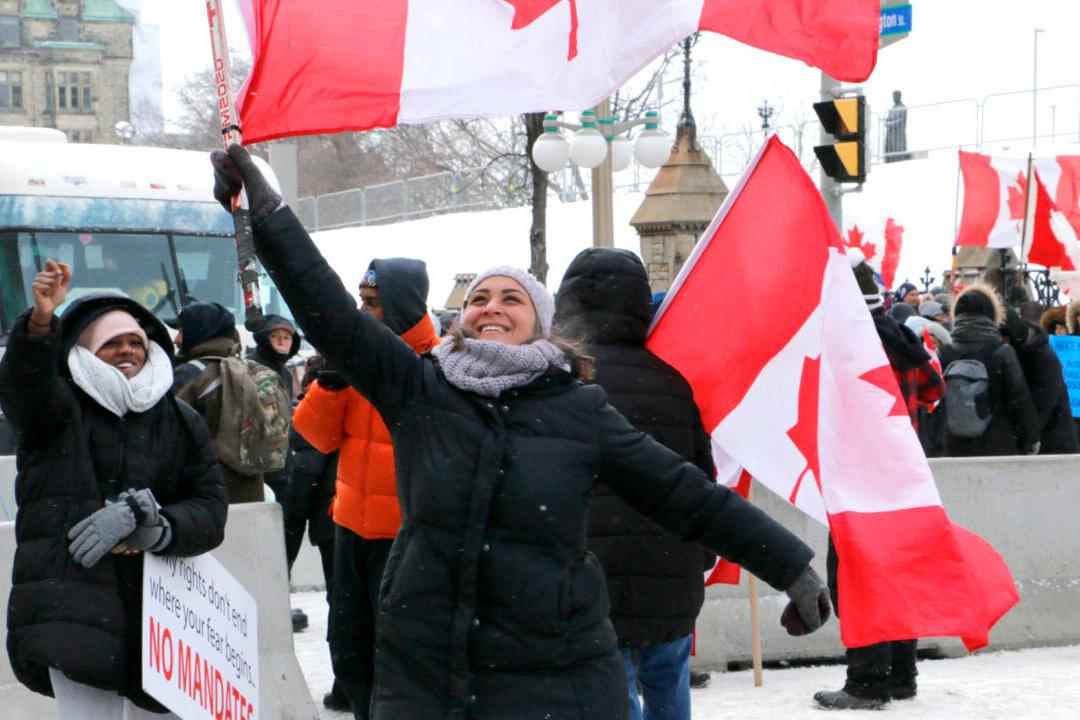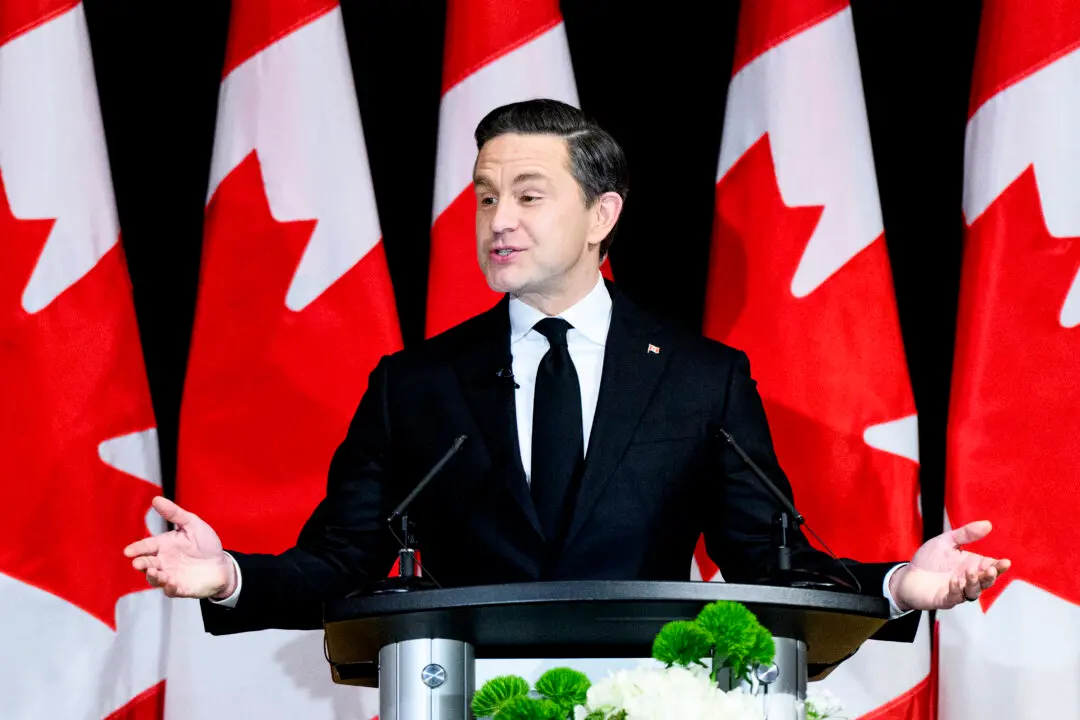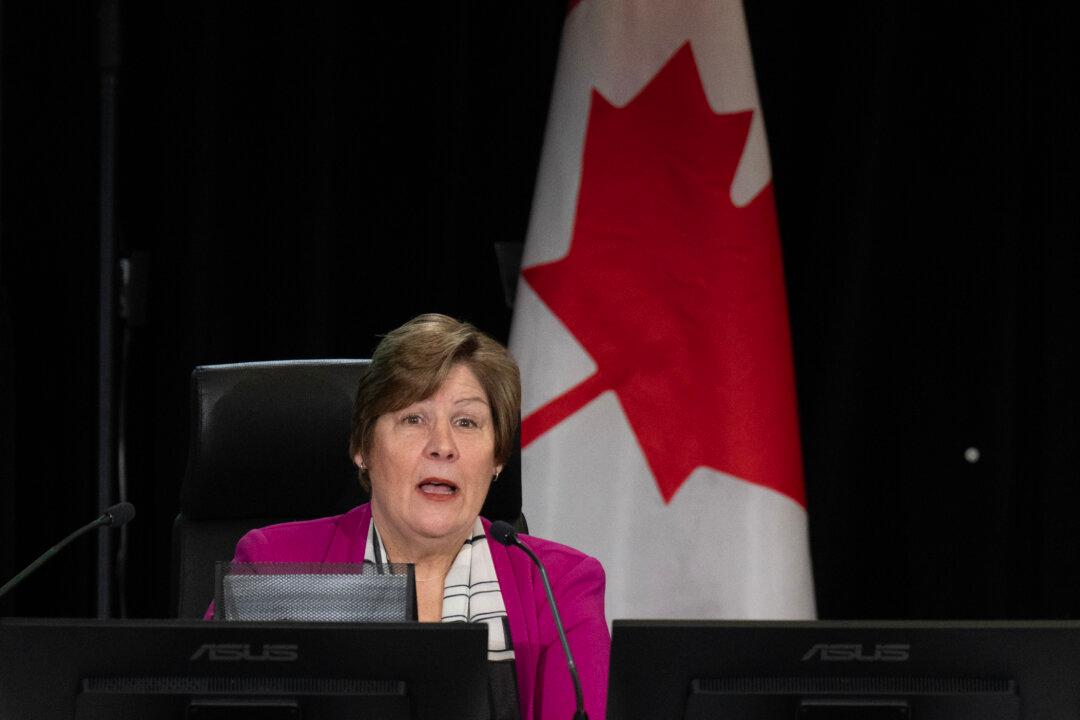People who took part in the Freedom Convoy protest in Ottawa this past winter believed they were being patriotic and standing up for civil liberties, says a declassified briefing by Canada’s spy service.
“The Canadian flag was the most prevalent flag on display in the crowd, likely reflecting participants’ belief that they are patriotic Canadians standing up for their democratic rights,” says the Canadian Security Intelligence Service (CSIS) analytical brief obtained by Blacklock’s Reporter and reviewed by The Epoch Times.





